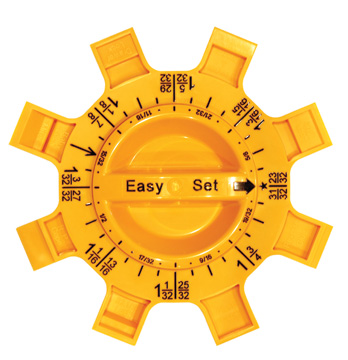Shawn ask for a picture of a quad-linear QSWO leg with fleck on all four sides which can't be obtained by laminating two peices. That will give 2 sides fleck and two sides long grain. So.. here ya go Shawn. I decided to do a new thread as the other has changed direction to end grain orientation on top glue ups. Surprise.. surprise..
I jammed 4 sticks through at 45 degrees on both sides Shawn to get a picture as my 4 legs have been done a week ago. Once you get your mitered pieces.. I make two passes on the pointed end with a block plane for two reasons. I prefer applying the two strips of package tape with the apex of the point down on the table. If you don't flatten a small area they simply won't balance side by side with the point down.
Second.. the flat area creates a small hollow square opening in the center after glueing that allows any excessive glue to squeeze out into in lieu of trying to force it's way back to the outside which can off-set the edge orientation if applied too excessively.
The pieces are placed glue side down (point faces down).. edge to edge.. then I apply a strip across the top portion then the bottom. At that point they are oriented on the package tape. Turn them over so the glue side is now up. Fold your package to see if the edges align and if they don't.. adjust so they do.
At that point they are glue ready. Apply with a chip brush and simply fold the package together. Add another strip of package tape around the center to hold it together checking to make sure all edges align. Once done.. you can now wrap the tape warp with flexible 3/8" (I use 3/8") surgical tubing and allow to dry.
You can figure it out from there.. Everyone may not be interested in this process as it was done at Shawn's request. Sorry to those that opened the thread to see what the title suggested. If ya ain't interested.. ya ain't interested.
Sorry about the pictures Shawn.. didn't even bother to take to photo shop as simply so you get the picture so to speak. I got mortises to cut before sundown so I was in a hurry and did the best I could considering that. So.. here's an order of southern fried quad-linear legs... hold the finish! ha.. ha...






 Reply With Quote
Reply With Quote










